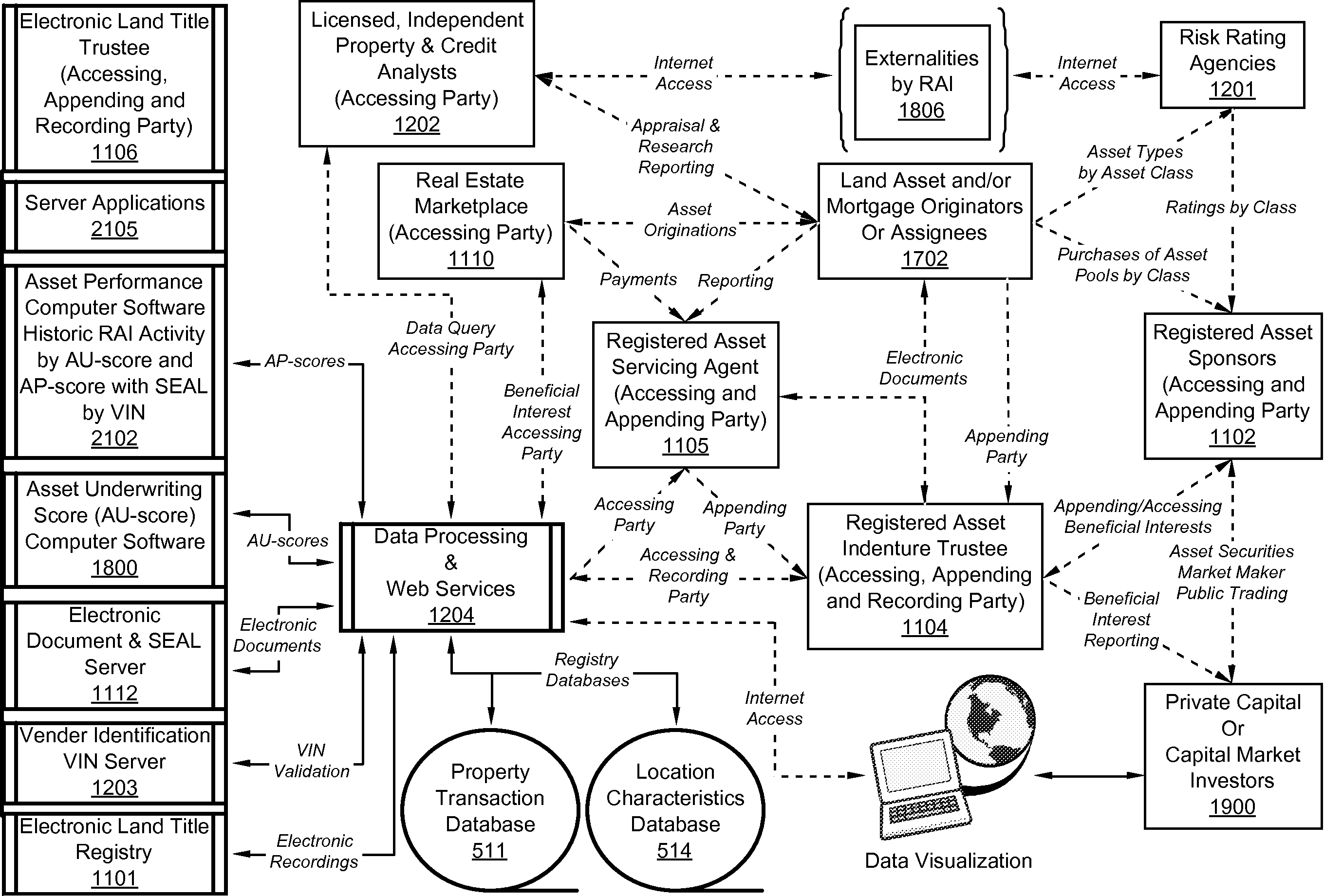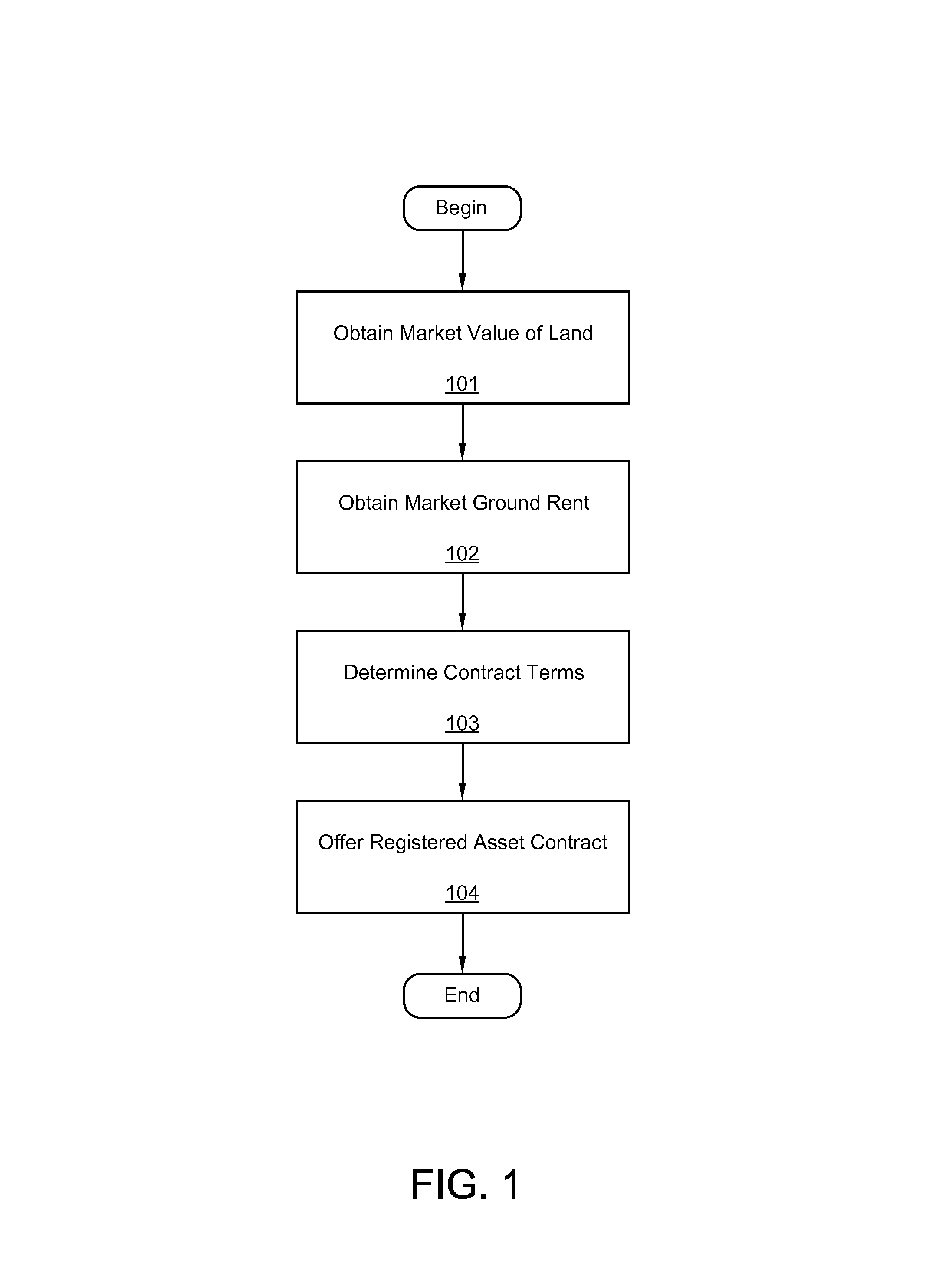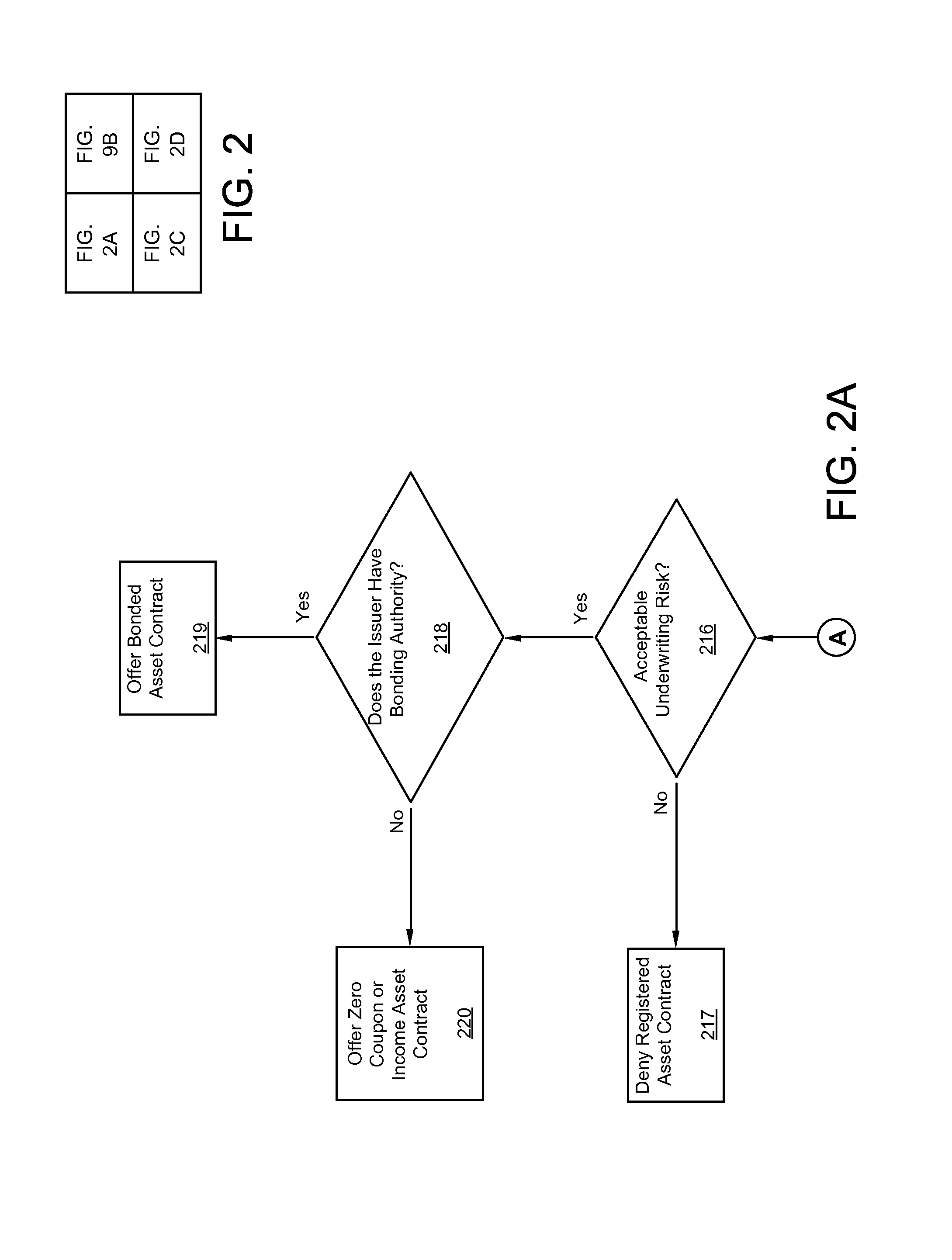Land underlies all and land is limited.
At that time, it was observed by public policy makers that given the extraordinary volume of derivatives on GSE balance sheets, any
instability GSEs can experience is likely to cause systemic ripples among its counterparties.
Extensive use of derivative instruments and the lack of transparency of the derivative instruments raised concerns among policy makers who were uneasy with the growth in debt load and
counterparty hedge exposures.
The numbers were large and the interest rate swaps, options, and caps counterparties used as financial tools might no longer be sufficient to offset the expanding debt the GSEs carry and the counterparties (e.g., the several largest United States banks) ensure.
Since Fannie Mae and Freddie Mac dominate the mortgage markets, any
instability among these entities would cause significant financial stress in the United States.
Instability in similar international enterprises could cause stress in financial systems worldwide.
In 1994, the U.S. General Accounting Office expressed concern that failure by a large end-user of derivatives could lead to the following sequence of events: 1) one or more dealers who are counterparties could default, causing a
chain reaction of
counterparty defaults; 2) the opaqueness of derivatives and increased uncertainty associated with these derivatives could result in a general lack of liquidity or a freeze-up of over-the-counter derivatives markets, forcing dealers and others to use the more liquid exchange-traded futures and options markets, and leading to price breaks in those markets; and 3) price breaks in such markets could spread to markets for other assets and create widespread uncertainty about asset values, which could generate widespread
panic which, in turn, could lead to widespread selling and plunging asset values throughout the world.
Over this year, growing levels of unemployment transformed into a
cascade of mortgage defaults, which triggered a sharp fall in US housing prices.
The interest rate swaps, options, caps and credit default swaps that counterparties used as hedging instruments, long considered a reliable off-set to low-quality mortgage underwriting and future mortgage delinquencies, proved ineffective.
The scale of mortgage defaults soon overwhelmed the balance sheets that hedge-counterparties relied on to cover claims and this started a credit market meltdown, which created an
atmosphere of fear, uncertainty and distrust.
The subsequent liquidity crisis depleted sources of short-term investment capital essential to the refinancing of highly leveraged long-term mortgage-backed securities.
The credit freeze caused money center banks to fail and Freddie Mac and Fannie Mae to become insolvent.
The resulting credit freeze-up, complicated by an acute failure of the over-the-counter derivatives markets, brought about such uncertainty and
counterparty distrust that the US Taxpayer was forced to pump trillions of US dollars into US and foreign banks to prevent a world-wide depression.
Many sovereign credit ratings have fallen as well due to excessive sovereign debt liabilities.
This amounts to a loss of about $7 trillion in household wealth, which is the same as driving down property values to mid-2003 levels.
Financial markets struggle to recover as the US Treasury continues to subsidize its banks with near zero-cost money rates and mortgage bond purchases, which is driving the national debt to historic highs while lowering the
purchasing power of the US dollar.
Systemic economic problems originated from massive fraud within the financial
system.
Fraud on borrowers, on capital market investors and to a lesser extent fraud by borrowers froze mortgage markets.
Prolonging this market's dysfunction, examination of industry foreclosure practices reveals a pattern of mishandled and improperly perfected legal interests in mortgage collateral were churned out by a hegemony of banks with a history of disputable statutory compliance practices.
Millions of investors and homeowners now hold questionable legal interests in their homes or in bonds based on dubious property titles.
This will dampen economic prospects of our nation, our communities, and the allure of housing as way to grow wealth, even with long-term, low-cost home financing to support mortgage borrowing.
Currently, an unprecedented number of households have lost, or are on the verge of losing, their homes.
The extraordinary problems plaguing the housing market reflect in part the effect of weak demand due to high unemployment and heightened uncertainty.
Three key forces originate from within the housing market itself: a persistent excess supply of vacant homes on the market, many of which stem from foreclosures; a marked and potentially long-term downshift in the supply of private capital and mortgage credit; and the costs that an unwieldy and inefficient foreclosure process imposes on lenders, homeowners, and communities.
 Login to View More
Login to View More  Login to View More
Login to View More 


